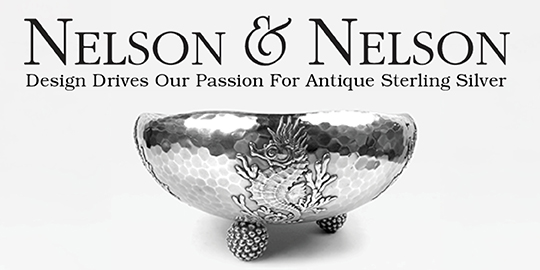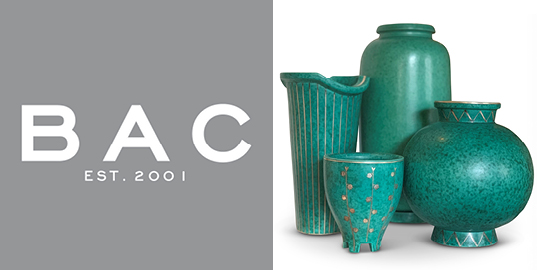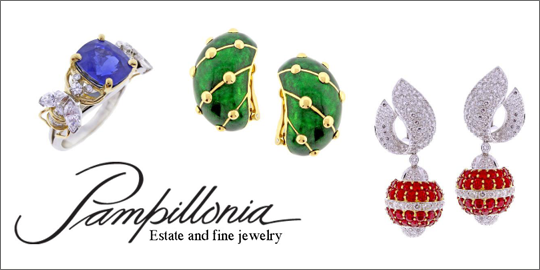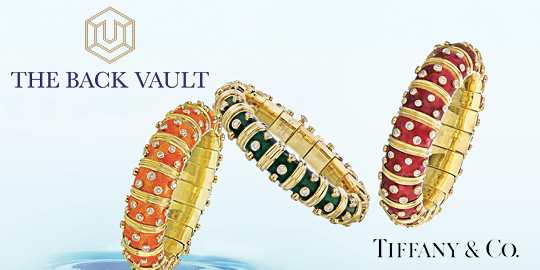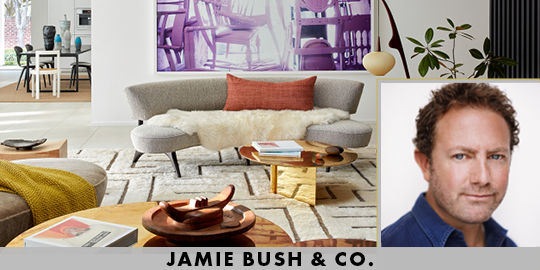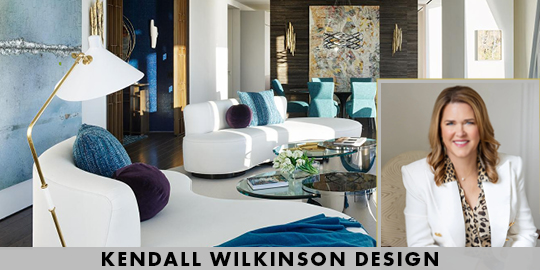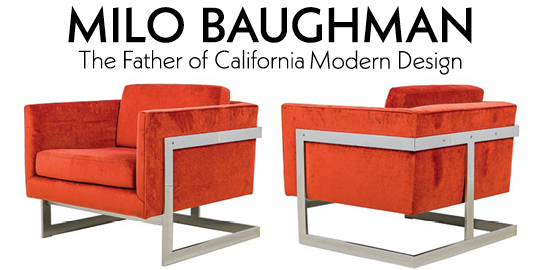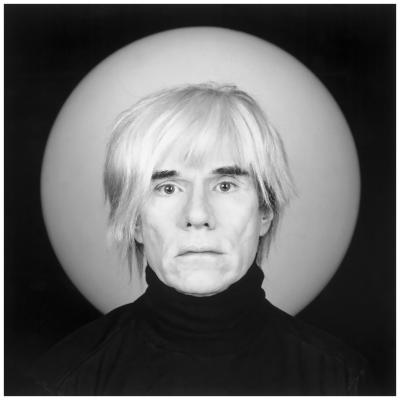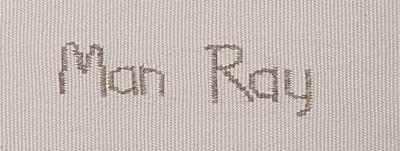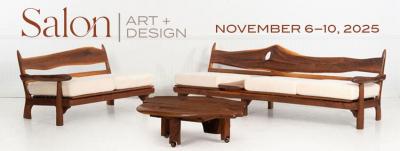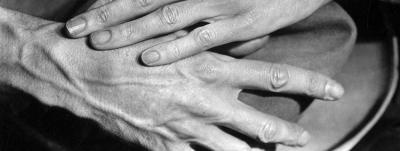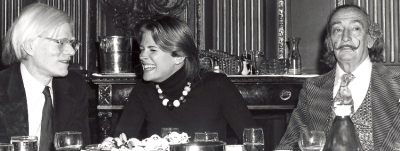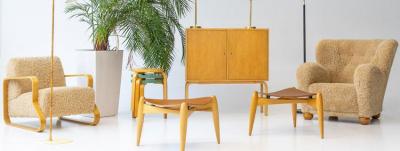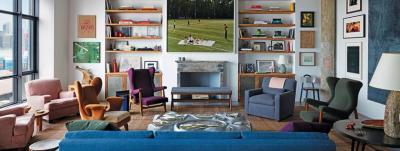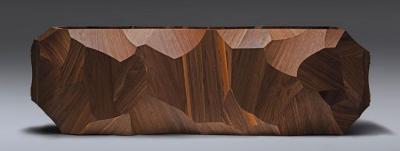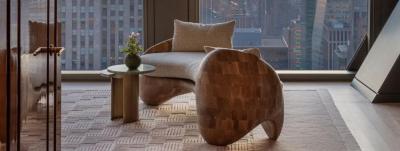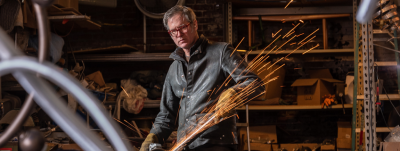Jade Albert’s Photographs Chronicle the Heady, Vibrant New York City of the 70s and 80s
 |
| The Smokers, January 31, 1977. Angelica Houston, Ara Gallant, and Catherine Deneuve smoke during a private dinnerat Regine’s, a disco-era nightclub in what was then the Delmonico Hotel. The club’s opulent Art Deco interiors were by the legendary designer Alberto Pinto. |
Jade Albert’s Photographs Chronicle the Heady, Vibrant New York City of the 70s and 80s
 | |
Jade Albert |
Jade Albert built a career as a successful commercial photographer of children for advertising clients, earning her the nickname ‘the baby whisperer.’ Her true passion, though, was photojournalism for magazines and newspapers, where she chronicled the New York City of the 70s and 80s, an exciting, vibrant, culturally important era. Her vintage images of high society denizens, celebrities, and the cream of the art and fashion worlds have found favor with contemporary collectors and interior designers. Those who were there remember it and crave nostalgia, while younger generations are fascinated by and idealize that era. Incollect spoke with her about her long and storied career and the pleasure of having photography of memorable moments and famous people on your walls.
By Benjamin Genocchio Photography: © Jade Albert
How and when did you first start taking photographs of high society and the art and fashion worlds?
I began working at Condé Nast as an assistant art director fresh out of college and was looking for something fun to do. A photographer was sent on a shoot to photograph women in bikinis, and it didn’t go well. I stepped in and got the job done. New assignments came my way after that. I was offered an assignment at Harper's Bazaar, and serendipitously, the fashion editor Carrie Donovan knew about my photography, so when there was a sudden need to photograph Carolina Herrera, I got that assignment, and many more followed. I went to Europe for the first time, and when I returned, I decided to become a full-time photographer. Soon, I was working for Mademoiselle, Town & Country, GQ, and even Andy Warhol’s Interview. People magazine was looking for someone to photograph the Coty awards, and by then, I had fallen in love with the world of fashion. For Newsweek, I photographed a Valentino event, and it just so happened that the beauty editor of Vogue, whom I had previously worked with at Harper's Bazaar, was present, and told me she wanted me to come and freelance for Vogue. I did, and that’s how I came to work for Grace Mirabella, who became my mentor. After covering several seasons of fashion for the magazine, I was asked by the designers themselves to document their collections: Ralph Lauren, Perry Ellis, Armani, Versace, and others. I photographed more galas, parties, and other social events than I could handle. And that was the key.
 |
Diana Vreeland and American fashion designer Bill Blass ascending the stairs at the 1977 Met Gala, “Vanity Fair: A Treasure Trove,” at the Metropolitan Museum of Art. New York, December 12, 1977 |
What was the fashion world like in the 1970s?
In the 1970s, the fashion world and social elites came together in a sort of cultural reawakening that lasted a decade. New York City never sleeps, of course, and I had a plethora of opportunities at famous discos, Regine’s, Studio 54, and so many other places. And that was what turned me into a social documentary photographer until I started my own business photographing children for advertising.
You joined the masthead of Andy Warhol's Interview magazine in 1977 as a contributing photographer. You must have some great memories and stories.
I was very attracted to the New York ‘Downtown Scene’. I had a genuine curiosity about it, and I was determined to become a part of what was called ‘The Factory Crowd.’ I kept running into people from that milieu at galas, at clubs, at fashion shows, at restaurants, and I would mingle. We had mutual friends, mutual acquaintances. And before I knew it, I was beyond the ropes, an insider myself, unlike the paparazzi who were looking in from afar. I photographed a private dinner for Catherine Deneuve at Regine’s. Her cigarette was the key accessory. In fact, that was true of everyone, including Diana Vreeland. Jack Nicholson was there, and Warren Beatty. I remember nights at Studio 54 and Regine’s, loaded down with my camera equipment when all I wanted to do was to join the fun. My friend George Mason was hosting a dinner at the Metropolitan Club, and I was invited and captured the rarest of occurrences: Andy Warhol and Salvador Dali dining together with Candace Bergen. I remember photographing Avery Fisher’s son, Chip, and Susan Mulcahy of the New York Post. The wonderful jeweler Barry Kieselstein-Cord (I wear one of his rings every day). I photographed Andy Warhol at his birthday celebration to reopen the Copacabana. What I remember is often being starstruck, like when I tried to capture the charisma of John Lennon and Yoko Ono together.
 |
Halston’s office in the Olympic Tower on Fifth Avenue. New York, 1980. White orchids and accessories designed for Tiffany by his close friend Elsa Peretti. |
Why do you think your photographs of this historical period in New York are popular with audiences today?
It really was an extraordinary period in the history of the city, and I think my archival photographs are keepsakes of this momentous era. People today envy the era of the 70s and 80s, compared to the present moment: there was more freedom, excitement, and a positive hope for the future. These photographs are nostalgic yet very intimate and personal. They also spark hope, inviting us to live, even just a little, as if it were still 1979.
 |
The crowd at Studio 54, Martin Snaric dancing (center). New York, NY, 1977. Martin Snaric was a top model in the 70s and 80s who was discovered on the street in New York by Salvador Dali. |
How has social and documentary photography changed?
With the immediacy of digital photographs, you can see what you are doing simultaneously, and so sometimes you can get what you need on the equivalent of the first roll of film. It is faster and more efficient in a lot of ways. The fact that contact sheets are now obsolete is another major change. I used to enjoy looking at contact sheets, because as you looked at one photo after another, they sort of told a story in themselves, revealing aspects of a moment or a person’s personality. But staring at those tiny images through a magnifying glass was tiresome. Now we can blow up those digital images and see tremendous complexity and subtleties in them. With the rise of the iPhone, soccer moms instantly became photographers, which had an adverse effect on professional photographers' business. When you go to a fashion show, literally hundreds of people are clicking away, and the exclusivity we professional photographers once had has disappeared.
 |
In the Clouds, 1997 |
You also forged a successful commercial career as a photographer of children. What is the secret to taking great photographs of kids?
I always insist on doing my own casting, deciding who I will be photographing. I used to hate it when someone else did the casting. I am the one who has to establish a rapport with the child, and there needs to be a spark between us. Also, choosing my subjects to work with is fun and allows me to get an idea of how to photograph the child, a specific approach that suits each individual. My photos are not posed. I want kids who are natural, comfortable, outgoing, who have stamina, who are not inhibited, who are playful. They’re kids, after all. I talk to them like a friend. It should be fun — but it’s a job, too, so there is a fine line. I’m having a good time, but it’s all about the kids. I try to bring out the best in them, but I know they bring out the best in me.
 |
Andy Warhol, Candice Bergen and Salvadore Dali at a private dinner at the Metropolitan Club. New York, March 17, 1976. |
What would you regard as your most important photographs?
Over the years, some of my photos have received a great deal of attention, but if I had to narrow it down, I would focus on two that stand out to me. Hasselblad hired me for one of their campaigns, and the six-year-old I chose to photograph spontaneously pulled her sweater over her head, playing a sort of hide-and-seek. Voila! Suddenly, I had an iconic image. Within days of that photo appearing, I was contacted by Sears, Target, and others to emulate that image in future campaigns. The other image, which has not yet been published, was taken at a private dinner where Andy Warhol shared a table with Salvador Dali and Candace Bergen. I took lots of shots of the three of them in various combinations or alone, but one group of photos I took of Andy and Candace led to a wonderful discovery. When I looked at the contact sheets, I saw a hand holding a cigarette at the forefront of one photograph, thus creating a surreal image. It seemed fitting for a night spent with one of the great surrealists.
 |  | |
| Left: Salvadore Dali at the Metropolitan Club, New York, March 17, 1976. “Andy had his tape recorder on his lap throughout the evening and Dalí was the life of the party, charming with his animated gestures and using his cane as a prop.” Right: Andy Warhol and Candice Bergen during a private dinner at the Metropolitan Club. New York, March 17, 1976. This surreal image, evoking the unseen presence of their dining companion Salvador Dali, was an unexpected discovery on one of the contact sheets from a night of shooting the star-studded event. | ||
 |  | |
Left: Giorgio Armani and his muses triumph after Saks Fifth Avenue fashion show, 1979. Right: Andy Warhol and his close friend, socialite Barbara Allen enter the 1977 Met Gala. | ||
There must be others!
Yes, of course! Among my best-known photographs are from parties at Studio 54, such as a young, glamorous Giorgio Armani after a fashion show at Saks Fifth Avenue in 1979. I also love a shot of Catherine Deneuve smoking a cigarette at a dinner at Regine's, 1977, as well as numerous images of Andy Warhol, including one with Barbara Allen at the 1977 Metropolitan Museum of Art Gala and another with a young Candace Bergen dining together at the Metropolitan Club.
 |  | |
Left: Regine, Queen of Disco Regine, owner of Regine's night club dances at her Russian New Year celebration. January 13, 1977. Regine's nightclub, New York, NY. Right: Sterling Saint Jacques Dancing, NYC 1977. Supermodel Sterling Saint Jacques dances with a woman at the opening of New York New York nightclub. W 52nd St, New York, NY. | ||
What inspires you as a photographer, and what do you look for in your images?
When I was young, I fell in love with the movies and tried to see as many of them as possible. My parents exposed me to films at a very early age, both foreign and domestic. They were big museum goers, and I always tagged along. My mother was always reading Vogue and other fashion magazines, so I did, too, and some of the images I saw in them stuck with me, as did fashions I would see in period dramas and modern films. I recently had a reunion with a childhood friend who said that I was already a fashion plate when I was in grammar school. People often said that I was born an adult. I was more interested in going to a museum than hanging out with my contemporaries. The lighting and angles of what I saw in museums and films always fascinated me, and of course, the composition. (One journalist said that my photos sometimes resembled Caravaggio.) I was mesmerized by the intense black and white of Hitchcock’s films, the drama of the long shadows in Ingmar Bergman films, and those images stuck with me. I understood early on that lighting created a mood, and I tried to be mindful of that in so many of my photos. All great art is a form of inspiration, though, so I wouldn’t put my finger on one specific thing; it is the cumulative effect of all you’ve seen. In all my work, I was trying to get to the defining characteristics of people, not the cliches. And I tried to tell stories with single images.
 |
Princess Party, 1997 |
What are you working on now?
I have returned to my roots, to what launched my career: my archive consisting of photographs of the pop culture world of the 1970s and 1980s, when high society and fashion merged, when discomania ruled. Working for Vogue, The New York Times Sunday Magazine (as it was then called), and my listing on the masthead of Interview, being hired by individual designers to do exclusive shoots of their collections — people like Ralph Lauren, Calvin Klein, Armani, and others — earned me such wonderful access to the scene "Beyond the Ropes," as I am calling my archive ( jadealbertarchive.com). Right now, I am meeting with gallery owners in the U.S. and globally to determine how best to show and market my work.
 |
All Jade Albert prints are available through Incollect, made to order in limited editions on Canson Platine fibrerag paper. Dimensions: 8x12, 12x18, 16x24, 20x30, 24x36 inches.
Discover More From Jade Albert Studio on Incollect
 |







